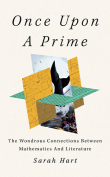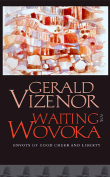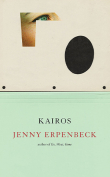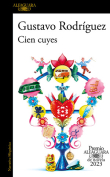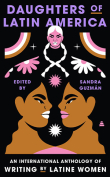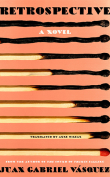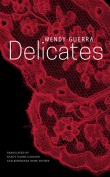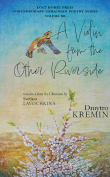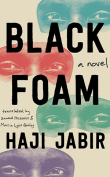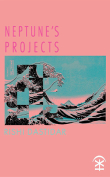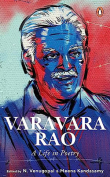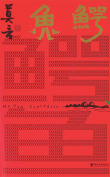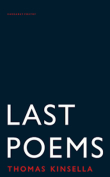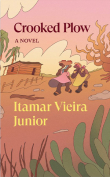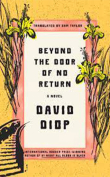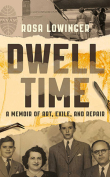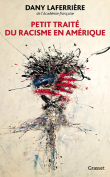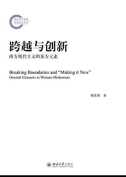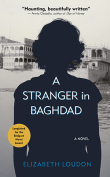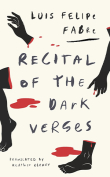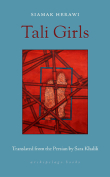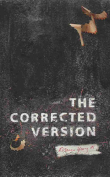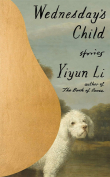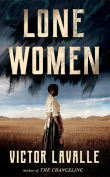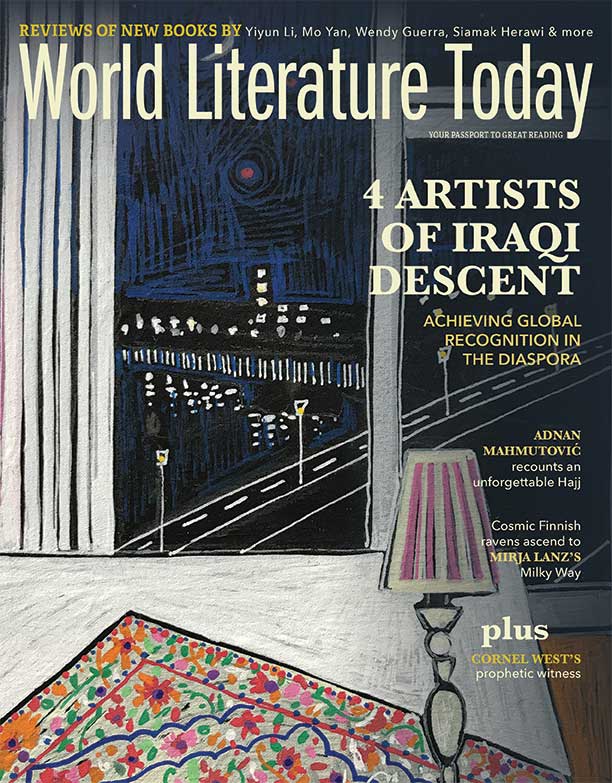Breaking Boundaries and “Making It New”: Oriental Elements in Western Modernism by Zhaoming Qian
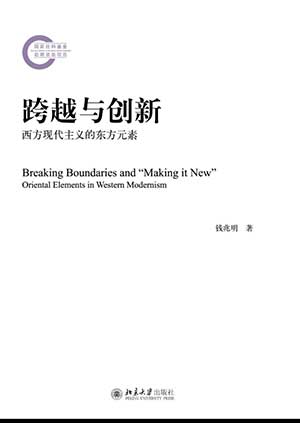 Beijing. Peking University Press. 2023. 334 pages.
Beijing. Peking University Press. 2023. 334 pages.
To remind himself of the paramount importance of the philosophical tradition of Confucianism, the ancient Chinese Shang Dynasty’s emperor, Cheng Tang, inscribed on a washbasin the Confucian motto, “If you can one day renovate yourself, do so from day to day. Yea, let there be daily renovation.” Over time, this core value underwent a process of cultural transmission and eventually found its way into the hands of the American poet Ezra Pound, who reinvented it as a modernist injunction that would become a guiding principle for the avant-garde. Pound’s version of the motto, which he referred to as “make it new,” encapsulated the spirit of experimentation and innovation that defined the modernist movement.
Breaking Boundaries and “Making It New”: Oriental Elements in Western Modernism adapts its title from the ideas of novelty and innovation found in the Poundian clarion call to explore uncharted territories of literature. These sentiments of rupture and revolution were echoed by many other artists and writers who sought to challenge themselves and their audiences to find new ways of expressing themselves and the world around them. Zhaoming Qian, chancellor’s professor emeritus at the University of New Orleans, has researched widely in areas of American modernism, interarts relations, East–West comparative poetics, and Asian American literature. This monograph aims to investigate how the influence of Eastern culture on Western art and literature can be seen through the works of eleven writers in the interdisciplinary fields of poetry, theater, film, art, and architecture. It seeks to explore how these eleven creators engaged in an unprecedented level of cultural exchange. The resultant cross-fertilization of ideas and styles had a significant impact on the world of art and literature, transforming the literary landscapes of the twentieth century.
One of the book’s most significant aspects is its discussion of the interlocutor theory. The interlocutor, as a potential mediator, is instrumental in bridging the gap between two different cultures and in facilitating understanding and communication between people from different backgrounds. Qian points out how the interlocutor in the works allows these themes of cultural diversity and differences to be respected.
This monograph is the first to identify that some poets, such as W. B. Yeats, Ezra Pound, William Carlos Williams, or Marianne Moore, had the assistance of interlocutors who could help clarify misunderstandings, translate between languages, and provide information about cultural norms, values, and beliefs. For example, Pao Hsien Fang, a member of the local Naxi minority, contributed to Pound’s comprehension of Lijiang, a paradise on earth situated in the Yunnan Province. The impact of Fang’s language lessons on Pound is evident in Drafts and Fragments, where Pound reproduced two Naxi Dongba pictographs—the winnowing tray and the moon (Canto 112/785). These pictographs are a part of the Naxi tribe’s ancient script, which showcases a deep connection with nature. Fang’s letters to Pound reveal that Lijiang had a profound impact on the poet’s final works. Fang expressed his wish for Pound to write more cantos about Lijiang, immortalizing the city in Pound’s lyricism. By incorporating non-Han cultures into his work, Pound seems to be departing from Confucianism and undergoing a significant shift in tone. Notably, the ancient Chinese philosophy that Pound constantly advocated does not appear in the final sequence of The Cantos. Instead, Pound’s references to the Naxi tribe reflect the possibility of a paradiso terrestre, a paradise on earth that exists in the farthest reaches of the world. Pound, in turn, informed Pao about the inclusion of Naxi culture in his modernist epic, The Cantos. This example highlights how cross-cultural collaboration can foster cultural understanding.
According to Qian, while some artists had the assistance of interlocutors, others, like Wallace Stevens and Gary Snyder, drew inspiration from primary sources in East Asia. Stevens and Snyder were deeply attracted to the abstract philosophical and metaphysical concepts found in East Asian landscape paintings. Stevens was influenced by the idea of perspectives found in these landscape paintings. He often suggests that the world is fundamentally unknowable and that our perceptions of it are shaped by our subjective experiences. His engagement with East Asian philosophy and aesthetics is a testament to the transformative power of cross-cultural exchange. In a similar fashion, Snyder’s poetry often reflects his interest in the natural world, which he views through the lenses of two philosophies that are often reflected in East Asian landscape paintings: Zen Buddhism and Taoism. These East Asian aesthetics emphasize a sense of union with the natural world. Snyder’s use of imagery, which often features tropes of mountains, rivers, and other elements of the landscape, is characterized by a sense of wonder and reverence.
In the final section of the book, Qian provides two compelling examples that illustrate the fluidity of cross-cultural exchange. The first example centres on J. H. Prynne, a renowned poet and scholar who has demonstrated a keen interest in Chinese literature and culture. Unlike Ezra Pound, who was primarily interested in classical Chinese poetry, Prynne’s focus is on modern Chinese works. In fact, Prynne has even attempted to write a poem in Chinese, a feat that highlights his deep engagement with the Chinese language and its literary traditions. The second example that Qian presents is the work of Taiwanese American filmmaker Ang Lee. Lee is known for his ability to fuse ancient Chinese elements with Western tropes in his films, creating a unique and captivating cinematic experience. His work perfectly exemplifies the ways in which cross-cultural exchange can take place, as he draws on his bicultural background to create art that speaks to audiences around the world. Both of these examples highlight the ways in which individuals from different cultural backgrounds can come together to create something new and exciting—something that speaks to the shared human experience.
Qian’s latest monograph offers a valuable and insightful exploration of the complex and often problematic relationship between West and East during the modernist era. The book provides a vivid archive of sources that offer a plethora of visual spectacles. Qian’s literary analysis is astute and full of great insight. It would be beneficial to produce a second volume that widens its scope to include discussion on more writers, such as Kenneth Rexroth, Charles Wright, and William Empson, to illustrate ways in which these artists incorporate Eastern philosophy and spirituality into their works. Additionally, future volumes could potentially bring in more diverse representations of race and gender. Most importantly, readers should approach this book as a companion piece and read it alongside other critical works to gain a nuanced and sophisticated understanding of the ways in which modernism and Orientalism have effected cross-cultural exchange. The book is a valuable contribution to the field and highlights the importance of exploring the complexities of cultural exchange in shaping artistic movements.
Kent Su
Shanghai International Studies University
